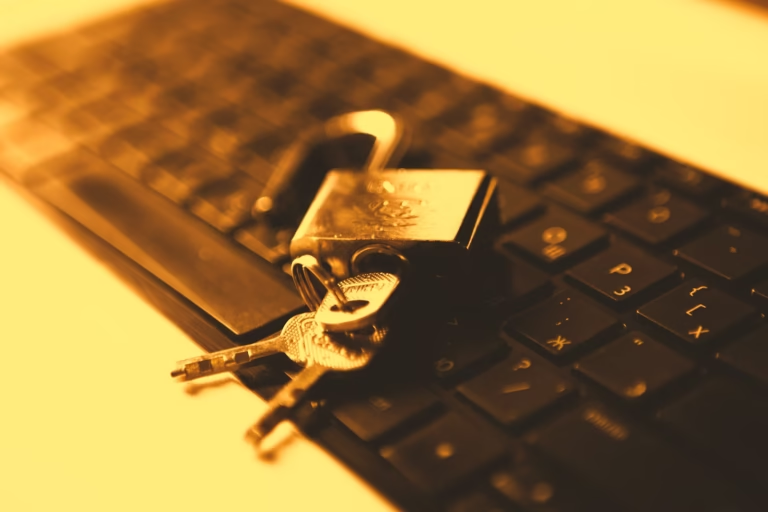In today’s digital age, our smartphones are more than just communication devices—they’re personal data vaults. From banking apps and private messages to photos and business emails, our smartphones carry a wealth of sensitive information. With rising cybersecurity threats, encrypting your smartphone is one of the most effective ways to keep your data secure. In this article, we’ll explain what smartphone encryption is, how to encrypt your device, and why it’s crucial for your digital safety.
What is Smartphone Encryption?
Smartphone encryption is a process that converts the data stored on your device into a coded format that can only be accessed with a key—typically your password, PIN, or biometric login. Once encrypted, even if someone steals your phone, they won’t be able to read or misuse your data without unlocking it.
Encryption ensures that your personal information stays confidential, safeguarding it from hackers, data thieves, and even unauthorized surveillance.
Why Is It Important to Encrypt Your Smartphone?
Here are some of the top reasons why smartphone encryption is important:
1. Protects Personal Information
Your phone contains sensitive data such as contacts, messages, browsing history, photos, and app credentials. If your phone falls into the wrong hands, this information can be misused. Encryption helps keep this data inaccessible to anyone without your permission.
2. Guards Against Identity Theft
Encrypted devices reduce the chances of identity theft. Hackers cannot retrieve personal details like your address, phone number, or social security number from an encrypted phone, making it significantly harder to impersonate you online or offline.
3. Required for Work or Compliance
If you use your phone for work, especially in regulated industries like healthcare or finance, encryption may be required to comply with privacy laws such as HIPAA, GDPR, or PCI-DSS. It helps organizations ensure that employee devices follow proper data protection standards.
4. Safe from Malware and Spyware
Some malware can extract data from smartphones. Encryption adds a layer of defense by ensuring that even if malware manages to get in, it can’t read your stored data without your decryption key.
5. Peace of Mind
With encryption, even if you lose your phone or it’s stolen, you can rest easy knowing your personal information is not easily accessible to criminals.
How to Encrypt Your Smartphone (Step-by-Step Guide)
Both Android and iOS devices come with built-in encryption features. Here’s how to enable them:
How to Encrypt an Android Phone
Note: Most modern Android phones (Android 6.0 and above) come with encryption enabled by default.
Step 1: Check if Your Device is Already Encrypted
- Go to Settings > Security or Security & Privacy
- Look for an option labeled Encryption or Encrypt phone
- If it says Encrypted, you’re already protected
Step 2: Encrypt Your Device (If Not Already Encrypted)
- Plug your phone into a charger
- Go to Settings > Security
- Tap on Encrypt phone (if available)
- Follow on-screen instructions (you may need to set a lock screen PIN or password)
⚠️ Caution: The encryption process can take an hour or more and your phone may restart several times. Do not interrupt the process.
Step 3: Use Secure Lock Screen
Encryption is only as strong as your lock screen. Use a strong PIN, password, or biometric authentication to enhance protection.
How to Encrypt an iPhone
All iPhones running iOS 8 or higher are automatically encrypted as soon as you set up a passcode.
Step 1: Set Up a Strong Passcode
- Go to Settings > Face ID & Passcode (or Touch ID & Passcode)
- Tap Turn Passcode On
- Choose a strong 6-digit PIN or alphanumeric passcode
Step 2: Verify Encryption
Once a passcode is set, your iPhone’s data is automatically encrypted. Apple uses robust encryption standards, making your device extremely secure.
Best Practices for Maintaining Smartphone Security
Encryption is a powerful tool, but here are some additional practices to keep your smartphone secure:
- Keep your software up to date: Updates often patch vulnerabilities
- Use antivirus apps on Android devices
- Avoid installing apps from unknown sources
- Back up your data regularly
- Enable remote wipe features like Find My Device or Find My iPhone
Frequently Asked Questions (FAQs)
Q1: Can encryption slow down my smartphone?
A: On older devices, encryption might slightly affect performance. However, most modern smartphones are optimized for encryption and show little to no noticeable lag.
Q2: Can I decrypt my phone after encrypting it?
A: For Android, decrypting usually requires a factory reset, which will erase all your data. iPhones remain encrypted as long as a passcode is set, and there’s no manual decrypt option other than removing the passcode.
Q3: Is my data encrypted if I use cloud backups?
A: Cloud backups may or may not be encrypted, depending on the service. For instance, iCloud encrypts most data, but not all end-to-end unless you enable Advanced Data Protection. Google also encrypts most data, but it’s a good idea to read the privacy policy of your backup provider.
Q4: Does encryption protect me from phishing?
A: No, encryption protects data on your device. Phishing attacks trick you into giving away personal information, so staying alert and cautious is also essential.
Q5: What happens to encrypted data if I forget my password?
A: If you forget your passcode and don’t have a backup, you may lose access to all encrypted data. Always keep backups in secure locations and store passwords in a trusted password manager.
Conclusion
Encrypting your smartphone is not just a tech-savvy choice—it’s a necessary step toward protecting your digital identity in an increasingly connected world. Whether you’re a business professional handling sensitive documents or an everyday user who values privacy, encryption ensures your data stays yours alone.
By enabling built-in encryption features on Android and iOS, setting strong passcodes, and practicing basic mobile security hygiene, you can keep your digital life safe and secure. Don’t wait until it’s too late—encrypt your smartphone today and take control of your personal data.

